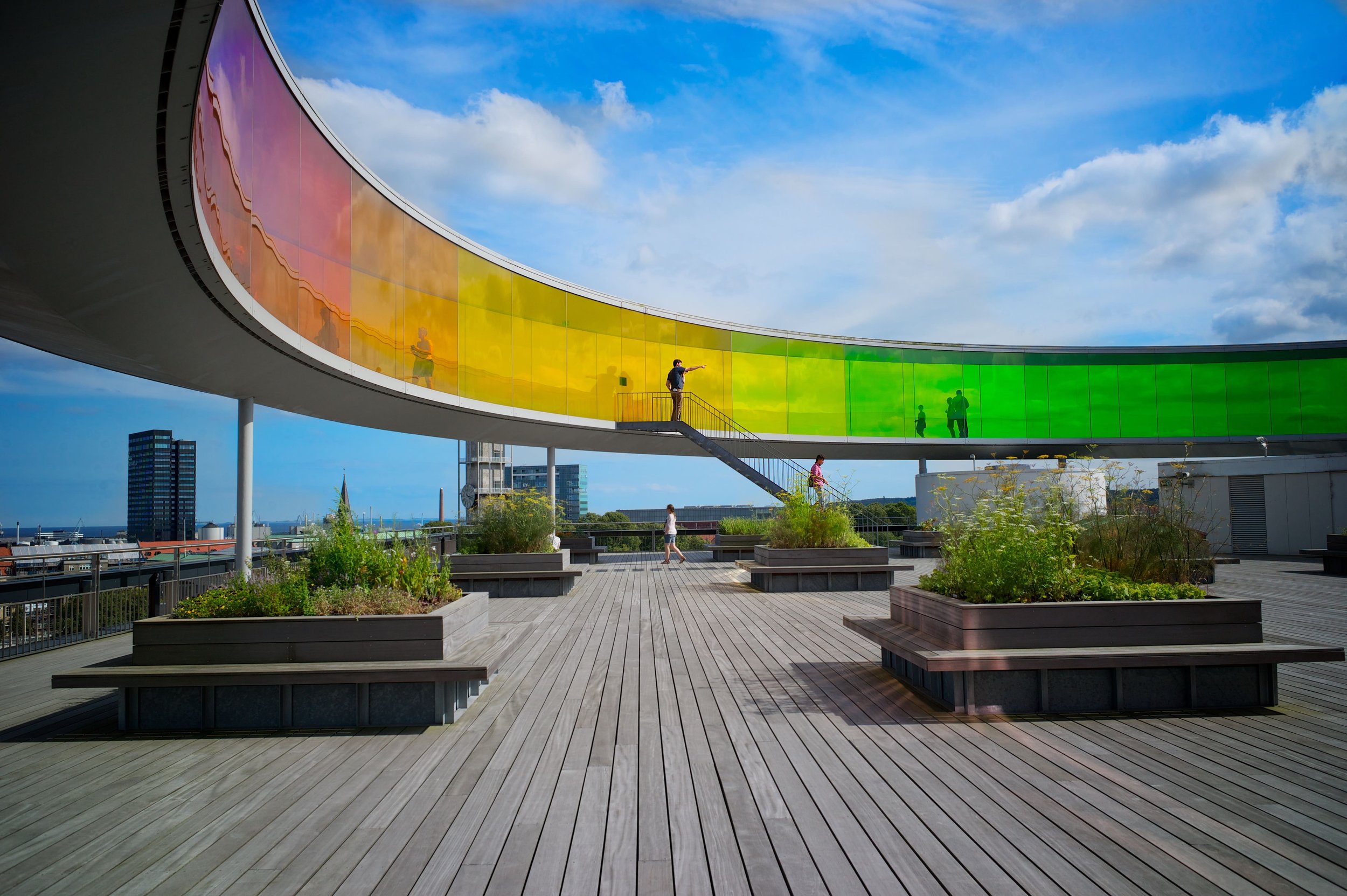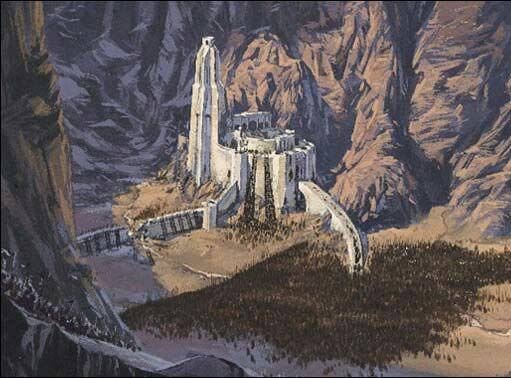J.R.R. Tolkien’s Denmark
Who knew that Denmark had such a strong link to J.R.R. Tolkien and his world of Middle Earth? A few months ago I wouldn’t have raised my hand, but a conversation with a LOTR enthusiast recently changed that.
The rolling mountains and distant peaks of Peter Jackson’s Lord of The Rings Trilogy certainly don’t conjure images of the flat fields of Denmark, yet Tolkien had a lifelong fascination with the country, its people and its language.
The misty mountains old. Images of the rolling mountains of New Zealand from Jackson’s Lord of The Rings film series seem a long way from the flatlands and low hills of Jutland. Photo by Jude Infantini on Unsplash.
A love of language
To say that Tolkein loved language is an understatement. He was obsessed with the intricasies of different languages, the roots that bound them together and the ways they formed words and sentences.
It was this passion for language that provided the real link to Denmark. Tolkein was fluent in reading and writing Danish, reading prolifically about the mythical kings of Denmark and studying maps to find the places he read about.
Although he never actually visited Denmark, there are a plethora of place names throughout Jutland which seeped into his indepth works charting his millenia long histories of Middle Earth in books like The Lord of the Rings, The Hobbit, The Silmarillion and The Children of Hurin. A have pulled out a few examples of the Danish influence on Tolkein below:
Aros (Aarhus)
A great example of this is the name Aros, Aarhus’ original Viking name, which Tolkien later included in his incredible works. Here, Aros appears as a famous river that separates the elvish realm from the territory of the giant spider, Ungoliath.
ARoS also happens to be the name of Aarhus’ incredible art gallery, situated in the centre of the city and hosting Eliasson’s famous ‘Rainbow Panorama’ artwork. Check out my guide to the city in my ‘Weekend in Aarhus guide’.
Helm’s Deep (Hjelm Dyb)
Moving north from the city of Aarhus, between the Djursland peninsula and the island of Hjelm, you will find the strait of Hjelm Dyb.
During the Viking Age, this was an important sea passage for the Danish fleet on its summer raids to England, Ireland, and Normandy. In the 11th century, it became an important location to monitor for the people of Jutland, wary of an attack by the Norwegian king, Harald Hardraade. A series of wooden beacons on higher land would have been lit to warn of enemy attack….sound familiar?
An expert in the Danish Viking Age, Tolkien chose to include it in The Lord of the Rings as the famous Helm's Deep, gathering place for the Rohan people to fight in the vital battle against the hordes of Saruman.
Isengard (Isgård)
Beside Begtrup Vig in southern Djursland, a historical manor named Isgård can be found. By studying old maps, Tolkien probably came across this place and was inspired by the meaning of the name.
”Is” is in fact and old Anglo-Saxon word meaning iron and fire, even though the sound of it leads you to thinking of ice and the cold. This may have fascinated Tolkien so much so that he transferred the name to his own tales as ”Isengard” – a place where Saruman’s orcs mine iron, gold and precious jewels.
Esgaroth (Eskerod)
The small village of Eskerod is found in southern Djursland. It is highly likely that Tolkien discovered the Eskerod name during his lifelong studies of Jutlandish maps and then included it in The Hobbit in its original Old Norse form, ”Esgaroth” – the timber lake town that is attacked and destroyed by Smaug the fire-dragon.
Characters inspired by Danish mythology
It’s not just the place names which inspired Tolkein as he poured over ancient maps, tomes and documents of Danish history, geography and language.
Eowyn of Rohan, the daughter of Éomund who rides into battle disguised as a man and slays the Witch King of Angmar, was inspired by the Hervarar Saga, and the shieldmaiden Hervor’s exploits on the island of Samsø.
It’s also on the island of Samsø that you’ll come across the myth of the restless ghost king, Angantyr, who lives on the ridges along with his warriors, until they are all set free from their curse. Tolkien turned this myth into the story of the King of the Dead and his Army of the Dead who live in the White Mountains until Aragorn sets them free of their curse.
On Samsø, you will find the Viking myth of the sheer armour that no sword could penetrate. The armour was magical, created by Irish elves, and worn by the famous Norwegian Viking, Ørvar Odd, during his fights on Samsø. This myth, Tolkien turns into the story of the magical chain mail, Mithril, which appears in The Hobbit and The Lord of the Rings. Bilbo as well as Frodo wears the Mithril chain mail, which even saves Frodo’s life in The Mines of Moria.
At Helgenæs in the municipality of Syddjurs, you can hear about the myth of the king of the elves who lives in the mighty mountain, Ellemandsbjerg. A myth that inspired Tolkien to create his own kings of the elves.
Tolkien’s royal association
The parallels between Danish history and Tolkien’s The Lord of the Rings could go on, but I think I will stop there for now!
It’s a fascinating glimpse at how the best authors are inspired by mythology, folklore and stories from millenia gone, and I hope you feel inspired to explore some of the places of Tolkien’s Jutland yourself and read some of the fantastic stories that inspired him so much.
Photo by D A V I D S O N L U N A
Before finishing this article, I’ll leave you with the true story of Denmark’s Queen Margrethe II was so taken with The Lord of the Rings that she sent her own illustrations to Tolkien under the pseudonym Ingahild Grathmer in the 70s.
He was reputedly impressed by the similarity between her drawings and his own imaginings that, in 1977, the Queen’s illustrations were printed and published in the Danish edition of The Lord of The Rings as well as on a British edition published by The Folio Society.
Planning a trip to Scandinavia?
Why not check out my guides to:
Gothenburg in Sweden
The Lofotens in Norway
Or explore the rest of the Scandi Culture Experiences to find out what’s on offer.





